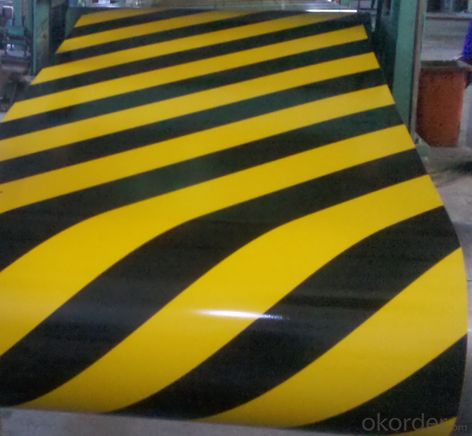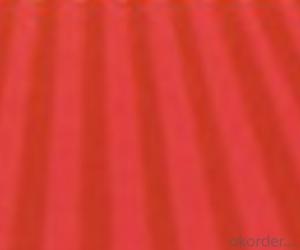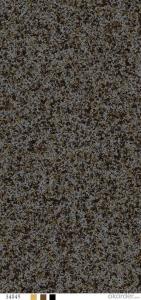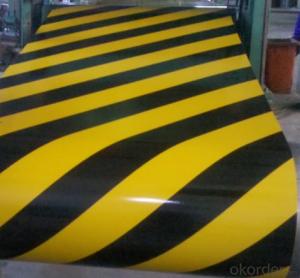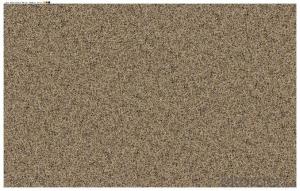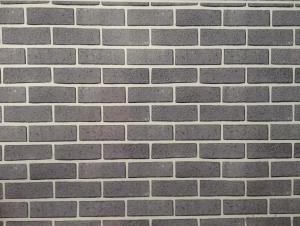color bond surface coating steel plate--XY008
- Loading Port:
- China Main Port
- Payment Terms:
- TT OR LC
- Min Order Qty:
- -
- Supply Capability:
- -
OKorder Service Pledge
OKorder Financial Service
You Might Also Like
Color bond surface coating steel plate :
more than ten years experiences, the products are sold to the domestic city and some international cities we strivc to develop production of color coating steel plate the plating (aluminum )zinc steel. Coil cheickness between 0.6mm and 1.5mm and the width from 600mm to 1250mm and a variety of high durability of color coating steel plate.
the company has multiple layer patterns for customers to choose The company provides products deep processing services ,meet the various needs of customers on board specifications All of out products comply with international quality standards and are greatly appreciated in a variety of different markets throughout the world if you ate interested in any of our products or would like to discuss a custom order please feel free to contact us we are looking forward to forming successful business relationships with new clients around the world in the near future.
We can design the color and thickness according to customers' requirements. The delivery time is only 30 day after you confirm the order.
- Q: Are steel sheets suitable for exterior facade systems?
- Yes, steel sheets are suitable for exterior facade systems. Steel is a durable and resilient material that can withstand harsh weather conditions and provide structural stability. It is also highly customizable, allowing for various design options. Additionally, steel sheets offer fire resistance and low maintenance requirements, making them a popular choice for exterior facades.
- Q: Can steel sheets be used for structural purposes?
- Yes, steel sheets can be used for structural purposes. Steel sheets are commonly used in construction and engineering projects to provide strength and support to various structures such as buildings, bridges, and infrastructure. The high tensile strength and durability of steel make it an ideal material for structural applications.
- Q: How do steel sheets compare to other types of sheet materials?
- Steel sheets have several advantages over other types of sheet materials. Firstly, steel sheets are extremely durable and have a high strength-to-weight ratio, making them suitable for a wide range of applications. They also offer excellent resistance to corrosion, which is a significant advantage in harsh environments. Moreover, steel sheets can withstand high temperatures, making them ideal for applications that involve heat exposure. Additionally, steel sheets are highly versatile and can be easily customized to meet specific requirements. Overall, the superior strength, durability, and versatility of steel sheets make them stand out when compared to other sheet materials.
- Q: What is the weight of a standard steel sheet?
- The weight of a standard steel sheet can vary depending on its size and thickness. However, an average steel sheet typically weighs around 30 to 40 pounds per square foot.
- Q: Are there any restrictions on the thickness of the steel plate, such as the minimum thickness of the steel plate?
- If the intensity is enough, you should be the first 4mm for the economy. Carbon steel plate, with electrode arc welding, 2 diameter welding electrode on line.If it is stainless steel, tungsten argon arc welding is better
- Q: Are the steel sheets resistant to atmospheric corrosion?
- Yes, steel sheets are typically resistant to atmospheric corrosion due to their protective oxide layer which acts as a barrier against rust and other forms of corrosion caused by exposure to air and moisture.
- Q: How do steel sheets perform in fire-rated applications?
- Due to their high melting point and excellent structural integrity, steel sheets are highly effective in fire-rated applications. When exposed to fire, steel sheets retain their strength and stability, making them a dependable choice for fire-resistant construction. Furthermore, steel sheets do not contribute to the spread of fire or the release of harmful fumes, thereby enhancing the safety of occupants during a fire incident. In addition, steel sheets offer exceptional thermal insulation, preventing the transfer of heat from the fire to other parts of the building. This characteristic enables the containment of fires and minimizes the resulting damage. In conclusion, utilizing steel sheets in fire-rated applications offers a sturdy and efficient solution for fire protection in buildings.
- Q: Can 16Mn steel plate be used instead of Q345D steel plate?
- 16Mn steel plate is the old brand, the latest brand is Q345, but Q345D has a special requirement than 16Mn, that is, 20 degrees lower temperature test
- Q: Can steel sheets be recycled after use?
- Yes, steel sheets can be recycled after use. Steel is a highly recyclable material, and recycling steel sheets helps to conserve energy and reduce the need for raw materials in steel production.
- Q: What is the width of carbon steel coil and the width of stainless steel coil, one is 1250 and the other is 1219?
- A continuous rolling mill is put in billions of dollars, but this is the rolling mill, and there are many gold furnaces.
Send your message to us
color bond surface coating steel plate--XY008
- Loading Port:
- China Main Port
- Payment Terms:
- TT OR LC
- Min Order Qty:
- -
- Supply Capability:
- -
OKorder Service Pledge
OKorder Financial Service
Similar products
Hot products
Hot Searches
Related keywords

